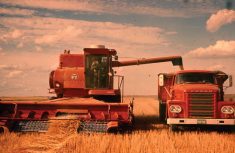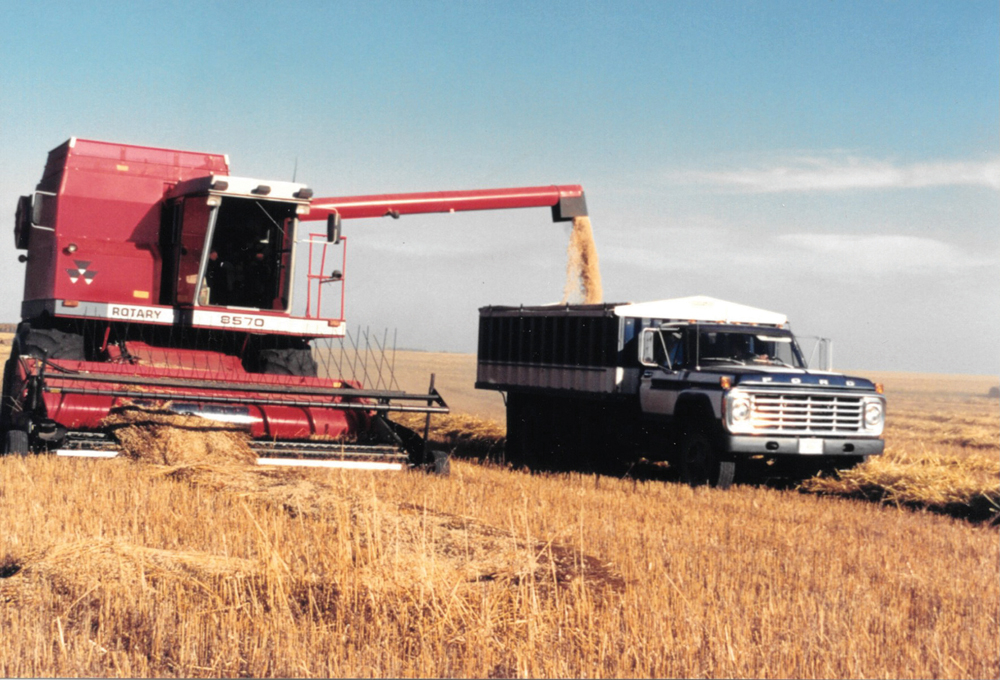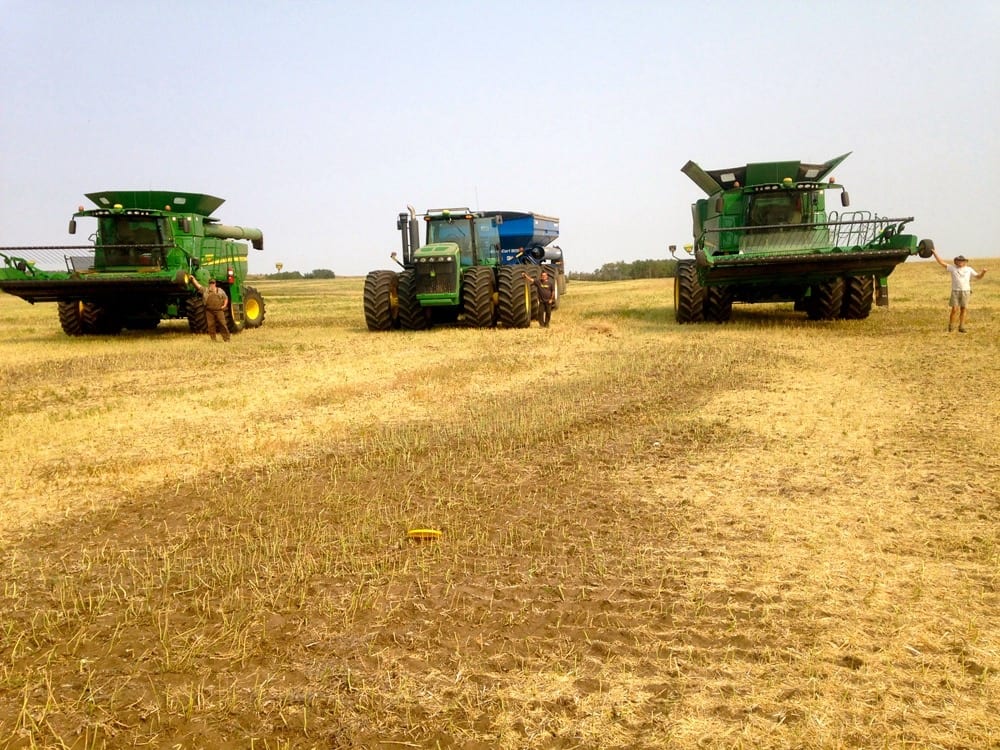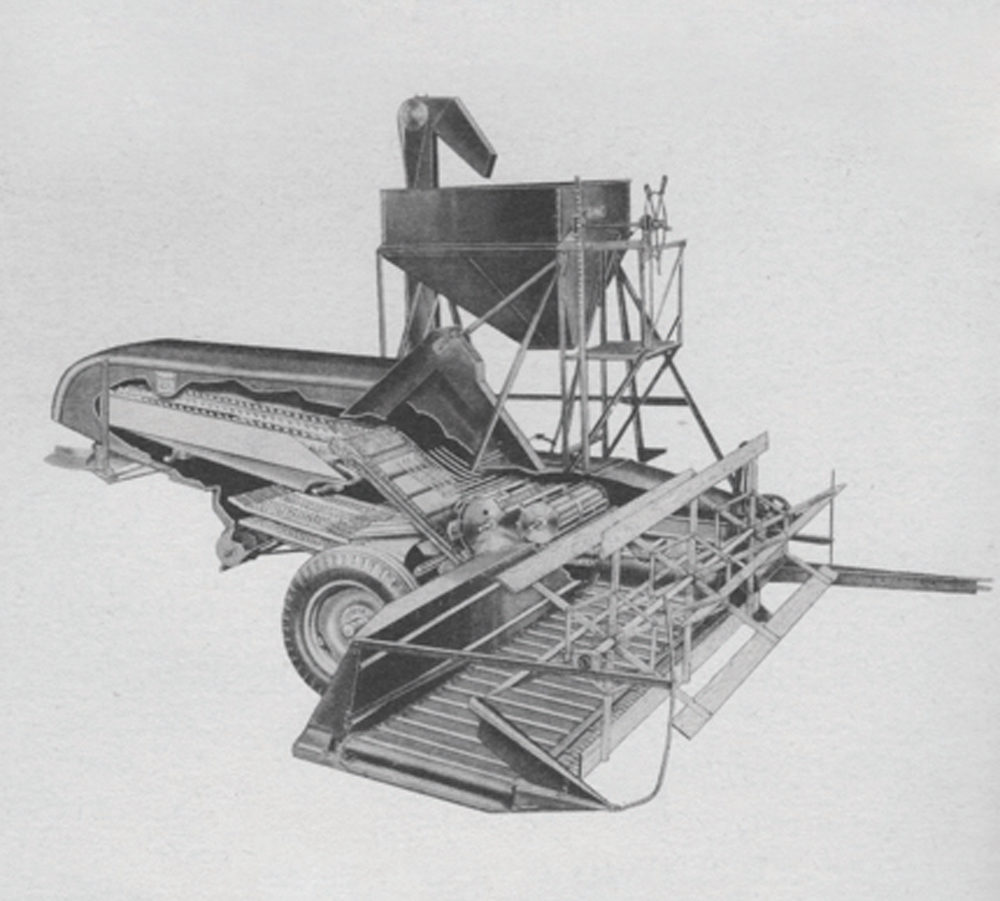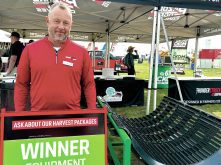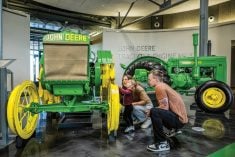Sorcery. It must be. That’s the best explanation I can muster for how a crop grows. How a seed senses moisture, germinates, takes what it needs from the earth surrounding it, and knows which direction it needs to grow is more complicated (or magical) a process than most brains can fully comprehend. An amusing admittance, I’m sure, but one meant to illustrate the many things farmers take as given. That a plant grows is one of those. And how it does so is another. We assume the lessons we learned in school apply without exception: that adding nitrogen and other fertilizers to the soil will always do what the textbooks say. This level of understanding works. It’s functional. But it’s not exceptional. There’s always room to delve deeper. Ask a few questions of a process or machine and you’re into the details, the meat, the heart, the stuff that keeps PhD candidates up at night. At some point you’ll ask enough questions the answer will be, “We don’t know yet; it just works,” or some variant of that. Getting there is the goal.
Read Also

Gentle treatments for pain in the neck
Heading toward year-end, people unknowingly tense up against the cold and busyness, causing neck pain that can often be treated with appropriate support and gentle mobility, athletic therapist Kathlyn Hossack says.
This column is as much a personal rebuke as it is anything else. I had the best of intentions this winter. I was going to study agriculture, read some machinery manuals, and brainstorm ideas for the farm. Winter was too cold for much more than television and clearing snow. And now it’s over. But there’s still time before seeding and certainly after to hit the books.
Get lost in the stuff of farming for a while. Dive in. The next cash crop is only a synapse away. And there are many things about plants and machines and simply being a farmer that should be explored.
Know your machinery
Settings. Our combines have them. The combinations of rotor speed to fan speed to driving speed to sieve setting to things I don’t even know about yet seem infinite. Doubtful that’s the case. The manual is a tome of what I can only assume is compelling literature. I was going to dive in. I was going to learn this thing over winter. I didn’t, but it’s not too late for us to learn our combines, mitigating loss and frustration.
“If you get too aggressive with your threshing settings you can actually not carry as many bushels back up into the grain tank,” Mark Hanna, a U.S.-based agricultural engineer, told The Crop Site. “You are beating it up enough that you are blowing some of it out of the combine, not just as whole grain but foreign material and dust.”
- More from the Grainews website: The combine that never was
Hanna recommends reading grain-loss monitors with healthy scepticism. Trust your instincts. Sensors report on the efficiency of the combine’s sieves and back cleaning shoe, but most loss occurs in the header, at least for corn and soybeans, he said. Blind trust in a combine’s instrumentation is not the answer, if the goal is to understand the machine. Watch what’s going in, and keep an eye on what’s shooting out the back.
But settings are still important.
Kevin Neufeld runs a six-combine, 15-person crew, harvesting acres in four U.S. states. “If the combine is throwing excessive grain out the back, first slow the ground speed,” he told Farm Industry News. “If running too fast, the combine will try to send too much crop through the machine.”
If this doesn’t work, resume speed and throttle back the cleaning fan. Next, return all changed settings and speeds, open the sieve and slow the rotor.
This is not the final word on settings. And there’s time for further research before our harvesters need to perform. But whatever the fears, insecurities surrounding your ability to handle and control the behemoth charged with bringing in your crop, remember Neufeld’s one setting change at a time approach, and Hanna’s trust your instincts confidence booster. I will feel more comfortable on our Case this fall, that’s for sure.
These attitudes and approaches apply to most machinery and implements. Change, tinker, calibrate, and trust your instincts.
Soil science and the basic process of plant growth are intriguing. Here in the Red River Valley we have good soil, for the most part, easily managed with simple fertilization and drainage practices. There’s a patch of lawn on our yard, about 20 feet by 30 feet, where the grass barely gets long enough to mow. This is frustrating, as it’s never fun to mow short lawn. But it’s also frustrating because there is no obvious reason for why this is happening.
For a seasoned farmer, like those I’m surrounded by out here, such conundrum is hardly that. Ph tests would reveal what I need to know. But why that isolated section in the middle of a large yard?
It’s not sorcery. None of these things are. But getting immersed in the stuff of farming is no different than many other disciplines: The more you learn, the deeper your understanding, the sooner you’ll get to those fundamental questions that make natural processes look an awful lot like magic.


